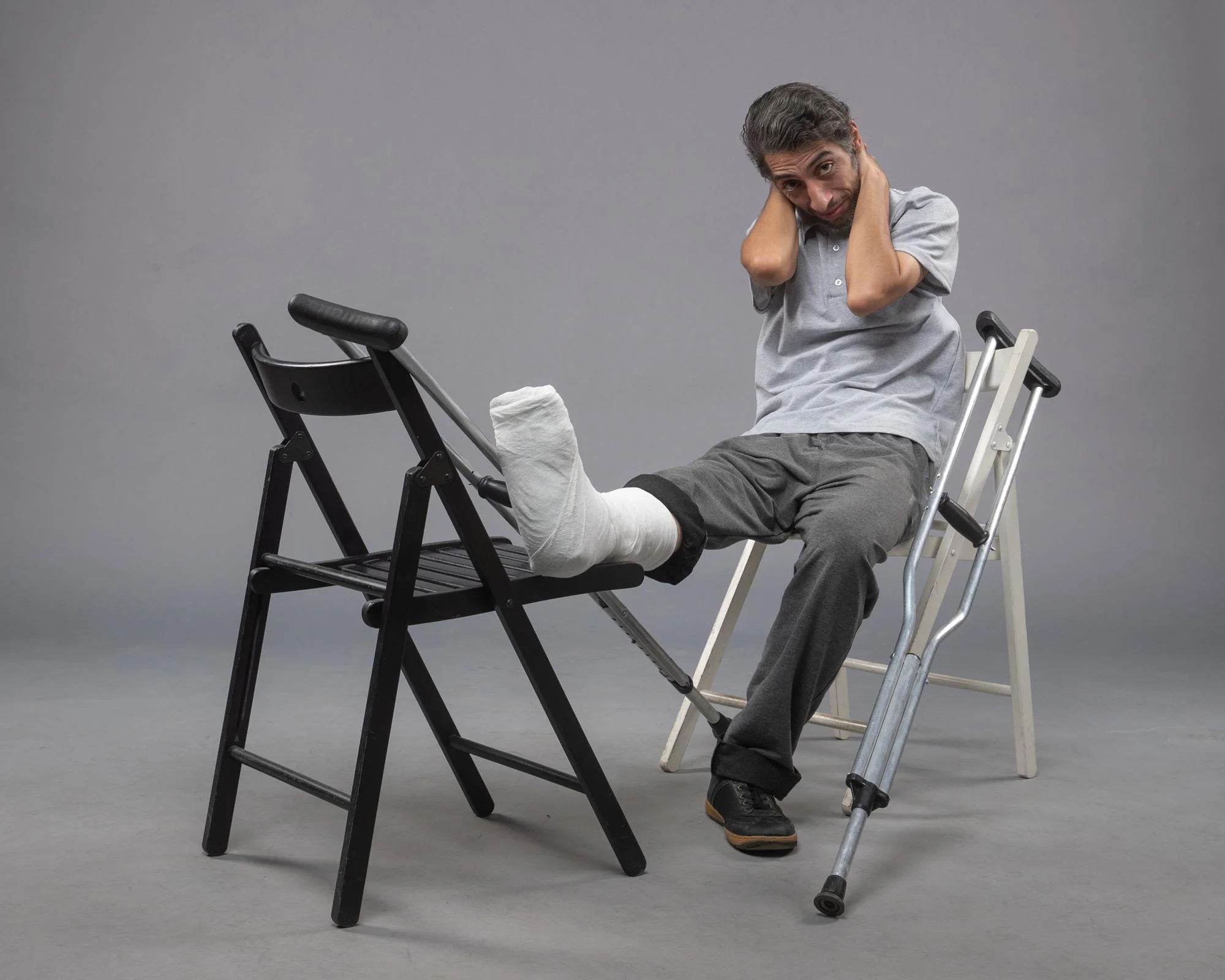Keywords
1. Clavicle Regeneration
2. Orthopedic Trauma
3. Clavicle Fractures
4. Lock-Down Procedure
5. Osteogenic Periosteal Sleeve
In the intricate dance of human anatomy and the healing processes that sometimes follow trauma, a rare and fascinating case of posttraumatic clavicle regeneration has captured the attention of the orthopedic community. This article delves into the medical anomaly where a new clavicle, or neoclavicle, forms as the consequence of the body’s remarkable, albeit unconventional, healing response. The curiosity of this physiological phenomenon has illustrated nature’s improvised solutions to severe fractures and showcased an approach that may confound even experienced clinicians.
The Clavicle: A Vital Bone at Risk
The clavicle, or collarbone, connects the arm to the trunk of the body and serves as a strut between the shoulder blade and the sternum, playing a crucial role in the mobility and functionality of the upper limb. Accounting for a considerable percent of skeletal injuries, clavicle fractures are common and can vary significantly in complexity and treatment required for recovery. Specifically, fractures of the lateral part constitute approximately 25% of all clavicle fractures, according to data published in The Journal of Clinical Orthopaedics and Trauma.
Unraveling the Case of Clavicle Regeneration
In a case report from 2019, researchers and clinicians, including Nanninga Christiaan J. and Zuurmond Rutger G. from the Department of Orthopaedics at Isala in Zwolle, the Netherlands, described an extraordinary instance of clavicle regeneration. Their study, presented with the DOI 10.1016/j.jcot.2018.11.011, discussed a unique situation whereby, following trauma, a periosteal sleeve around the clavicle spurred the growth of bone from the distal epiphysis towards the medial fragment. This regeneration, while astounding, created a “duplicated clavicle” that invited both awe and the need for clinical intervention.
The situation outlined involved a patient who experienced a fracture in the lateral segment of the clavicle, resulting in a substantial osteogenic response from the periosteal sleeve, the tissue layer surrounding bones that contributes to their growth and repair. The response was so extensive that it gave rise to the formation of extra bone, which, in time, developed into a structure resembling an additional clavicle.
In instances where the trapezius muscle, responsible for moving, rotating, and stabilizing the scapula, is involved, the researchers suggested a treatment regimen entailing the removal of the regenerative bone segment. This would then be followed by a lock-down procedure—a technique to stabilize the parts of the bone that have healed improperly or where nonunion has occurred.
Understanding the Lock-Down Procedure
The lock-down procedure offers a unique surgical solution for stabilizing the clavicle, and its specifics can be derived from sources such as LockDown Medical Limited. Their shoulder stabilization system (LSSSTM), found at http://lockdown.uk.com/row/medical-professionals/shoulder/, has been referenced in clinical literature and represents one method to mend these unusual presentations of clavicle pathology.
Historical and Contemporary Accounts of Clavicle Duplication
While neoclavicle formation post-fracture is a rare occurrence, historical records indicate that duplicated clavicles have fascinated the medical field for some time. Classical reports like that from Rutherfurd H. in 1921 depicted cases of bifurcate clavicles, which can be referenced in the *Journal of Anatomy*. Other instances, as noted by scholars like Golthamer C.R. and Twigg H.L. in the mid-20th century, have documented duplication of the clavicle, inferring a congenital origin. In these rare occurrences, as found in the cited literature, duplicated clavicles were not a result of trauma but rather an uncommon developmental abnormality.
Moreover, contemporary literature such as work by Agarwal S. and Akhtar M. has reported unorthodox presentations linking clavicular duplication to thoracic outlet syndrome, emphasizing the variety and complexity of the conditions associated with the clavicle.
Epiphyseal Fracture-Avulsion: Related Conditions
Significant in understanding bone regeneration are conditions like epiphyseal fracture-avulsion of the clavicle’s distal extremity. Works such as that by Dartoy C. et al. have described the specifics of these injuries and their potential to lead to unusual healing results.
Clinical Implications and the Future of Clavicle Injury Treatment
The insight gained from the detailed case report brings forth several clinical implications. It throws a spotlight on the necessity for prompt and adequate treatment following clavicle fractures to prevent rare but intricate complications like the formation of a neoclavicle. Moreover, the understanding of the healing capabilities intrinsic to the periosteal sleeve can provide new avenues for treatment and therapeutic approaches in orthopedic surgery and trauma care.
References
1. Nanninga Christiaan J., Zuurmond Rutger G. (2019). The posttraumatic regeneration of the clavicle. Journal of Clinical Orthopaedics and Trauma, 10(3), 507-509. doi:10.1016/j.jcot.2018.11.011
2. Paladini P., Pellegrini A., Merolla G., Porcellini G. (2012). Treatment of clavicle fractures. Translational Medicine @ UniSa, 2, 47–58. PMC3728778
3. LockDown Medical Limited (2014). Shoulder stabilisation system (LSSSTM). Available from: http://lockdown.uk.com/row/medical-professionals/shoulder/
4. Rutherfurd H. (1921). Bifurcate clavicle. Journal of Anatomy, 55(4), 286–287. PMC1262940
5. Agarwal S., Akhtar M. (2014). “Clavicular duplication causing thoracic outlet obstruction”: unique presentation of unreported association between clavicular duplication and thoracic outlet syndrome. Annals of Medical and Health Sciences Research, 4(3), S317–S319. PMC4212398
Conclusion
The medical community continues to stand fascinated by the body’s capacity to heal and adapt after traumatic injuries. The case of posttraumatic clavicle regeneration highlights just how extraordinary these processes can be. While rare, understanding such phenomena enriches the field of orthopedics, providing both challenges and insights into bone healing, ultimately benefiting patient care and advancing medical knowledge.
